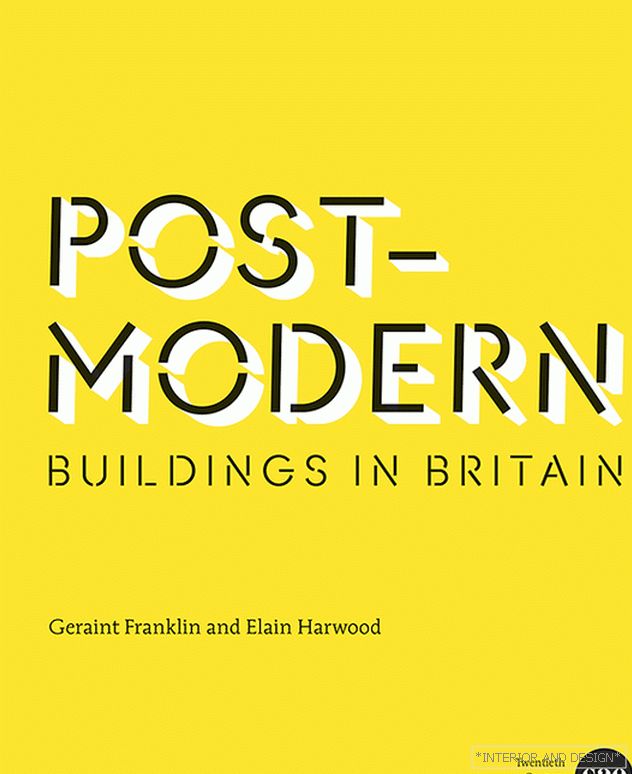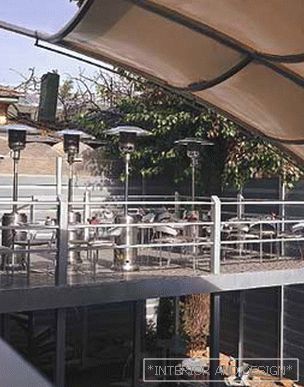Architectural historians Geraint Franklin and Elain Harwood published the book Postmodern Buildings in Britain.
Related: 1980s: Game or Return?
“The constructions of British postmodernism, and so in the minority, are quickly disappearing today - hence this book. But the guiding principles and strategies of the postmodern movement, including pluralism, context, narrative and sabotage, are more relevant than ever to modern architecture, ”the authors explain.
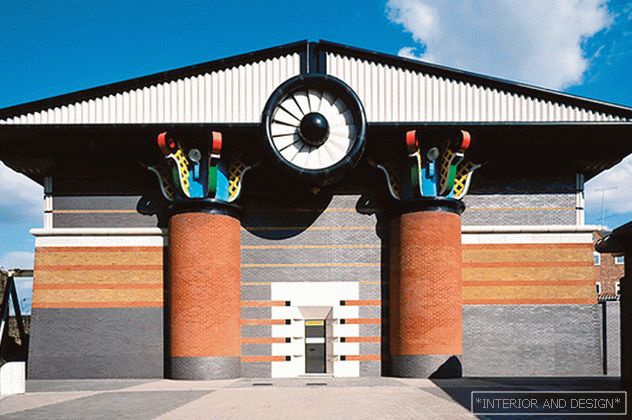 Pumping station on Dog Island, London (1986–1988). Arch. John Autram.
Pumping station on Dog Island, London (1986–1988). Arch. John Autram. 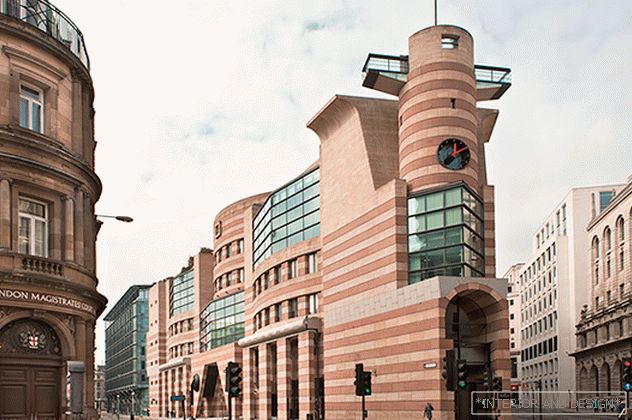 Банк No 1 Poultry, Лондон (1994–1998). Арх. James Stirling, Michael Wilford & Associates.
Банк No 1 Poultry, Лондон (1994–1998). Арх. James Stirling, Michael Wilford & Associates. 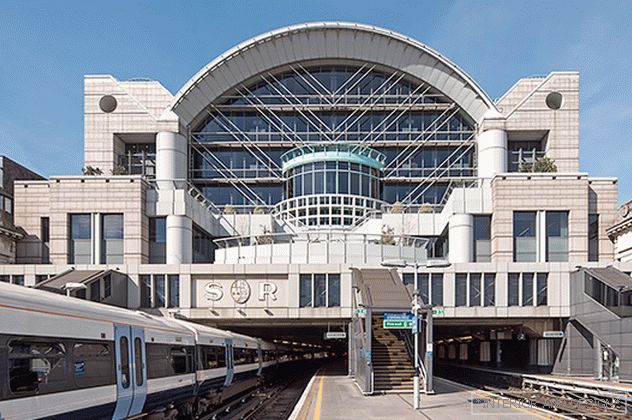 Renovated facade of Charing Cross Station with Embankment Place office block, London (1987–1990). Arch. Terry Farrell.
Renovated facade of Charing Cross Station with Embankment Place office block, London (1987–1990). Arch. Terry Farrell. “The sudden decline of postmodernism in the 1990s left unanswered questions about its contribution to British architecture”
In their work, Franklin and Harwood seek to trace the history of postmodernism in British architecture from the very beginning, rediscover its merits and present a selection of the best examples: from residential and public buildings to landscape design. For example, the book examines the No 1 Poultry office building designed by James Stirling, the TV-am television station with a Japanese pavilion, an Italian garden and a staircase resembling a Mesopotamian ziggurat designed by Terry Farrell, and other buildings in London and beyond.
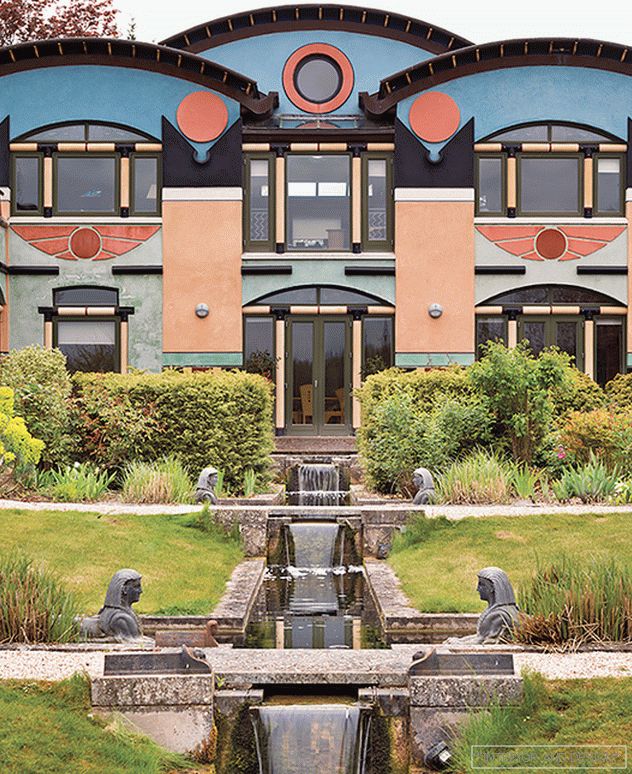 Sphinx Hill, Molsford, Oxfordshire (designed in 1994, built in 1998–1999). Arch. John Autram.
Sphinx Hill, Molsford, Oxfordshire (designed in 1994, built in 1998–1999). Arch. John Autram. 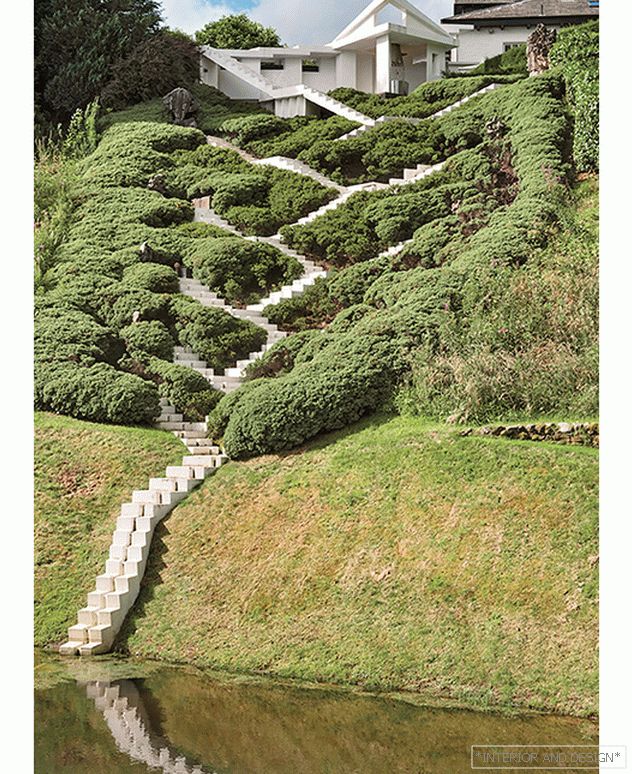 The garden of cosmic speculation near the house of Portrac, Dumfries (1988). Arch. Charles Jenks and Maggie Keswick.
The garden of cosmic speculation near the house of Portrac, Dumfries (1988). Arch. Charles Jenks and Maggie Keswick. 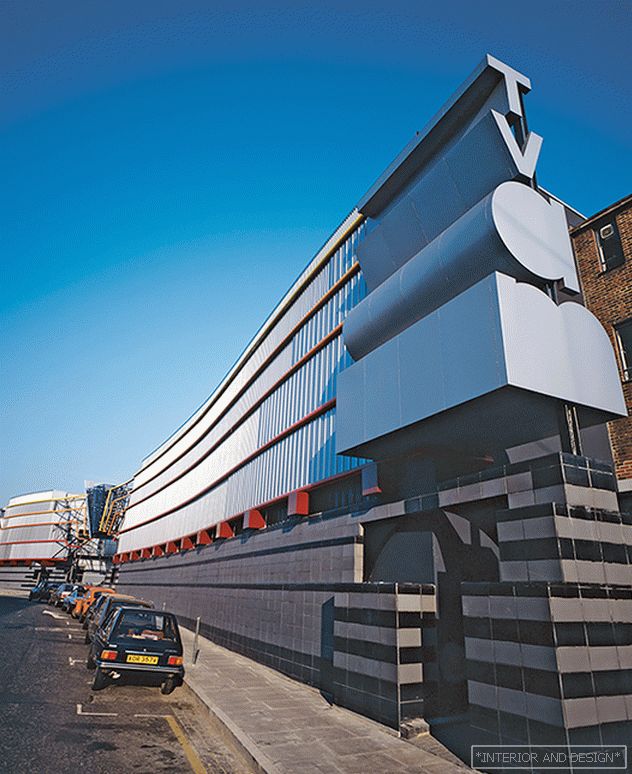 Studio TV-am, London (1981-1983). Arh. Terri Farrell.
Studio TV-am, London (1981-1983). Arh. Terri Farrell. 